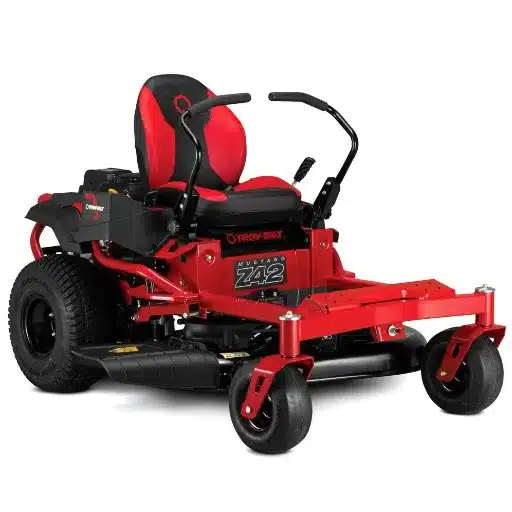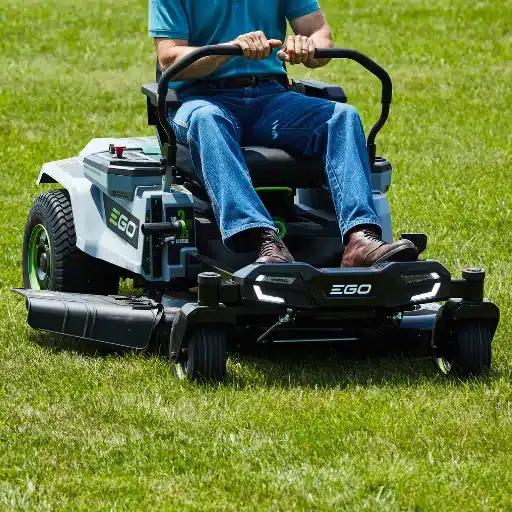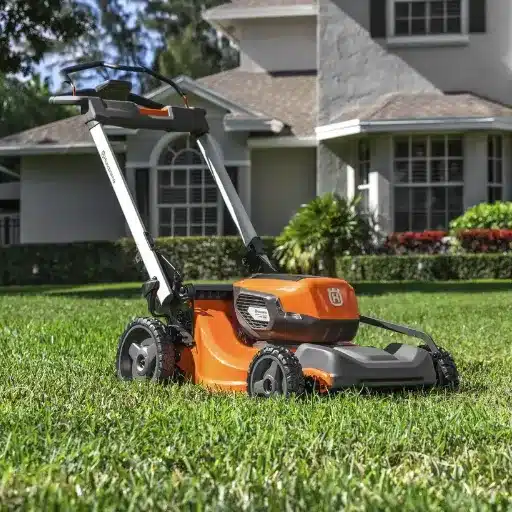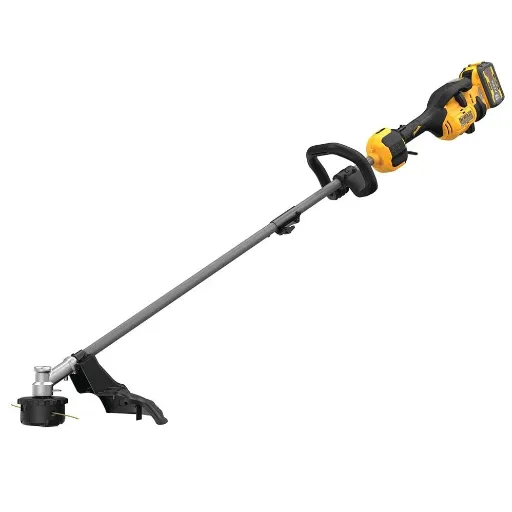In the world of pasta production, understanding the intricacies of dry pasta production lines is crucial for efficiency and product quality. This comprehensive guide aims to provide a detailed overview of the entire production process, from the selection of raw materials to the packaging of the final product. We’ll explore the different stages of production, including mixing, extrusion, drying, and cooling, while emphasizing key considerations for maintaining quality and safety standards. Additionally, we’ll delve into the technology and equipment used in modern pasta production lines, highlighting innovations that enhance productivity and sustainability. By the end of this guide, readers will have a solid foundation in the mechanics and operations of dry pasta production, equipped with the knowledge to optimize practices within their own facilities.
What is a Dry Pasta Production Line?

A dry pasta production line is an industrial setup designed to manufacture pasta by converting raw ingredients into packaged products ready for distribution and sale. This line includes several key stages such as mixing the dough, shaping it through extrusion, drying it to remove moisture, and finally, cooling before packaging. The production line is equipped with specialized machinery to efficiently handle each phase, ensuring consistent product quality and adherence to safety standards. Modern production lines often incorporate automated systems to enhance precision, reduce labor costs, and increase output while minimizing environmental impact through sustainable practices.
Understanding the Pasta Production Line
The pasta production line transforms raw ingredients into packaged pasta through several stages. It begins with mixing semolina and water to create dough. The mixture moves to extrusion machines, where it assumes various shapes. Next, the formed pasta undergoes drying to reduce moisture, ensuring longevity and quality. By cooling it down, the process prevents further cooking. Finally, packaging machines prepare the pasta for distribution. Advanced automation in modern lines improves precision, lowers labor, and boosts output while embracing sustainable practices for environmental conservation.(Recommended product: Spaghetti Production Line)
Components of a Dry Pasta Production Line
Mixing Unit: Dry and semolina pasta flour is combined along with water to create uniform dough. This helps to enhance the texture and quality of the final product.
Extrusion Machines: The machines have a variety of dies that are used to turn the pasta dough into spaghetti, penne, fusilli or any other desired shape. Here, the focus is on accuracy and the operations must be carried out rapidly.
Drying Chambers: This step alters the consistency of the pasta and hence is crucial. It utilizes the dampness of the controlled atmosphere in order to produce pasta with good stability and quality.
Cooling System: The drying section is followed by a section that cools the pasta. This technique of cooling makes sure that no further cooking takes place and that the paste, prior to packaging, preserves its form.
Packaging Section: Lastly, the order is installed, and the pasta is bundled up in a secure manner to be distributed. Automatic index-cutters help to speed up the process and make it more precise.
How Dry Pasta is Produced
First, one begins the process the same way one would make “dough,” that is by combining the semolina flour with water, but this time in precise ratios. Following this, the dough is forced through the extrusion machinery which comes up with different pasta varieties according to the dies used. The formed macaroni is then transferred to the drying chamber in which various combinations of temperature and humidity are provided during the drying process. This step is quite important for moisture content reduction and the increase of shelf longevity. The pasta is then cooled to ambient temperature in order to avoid interference in its structure. After that, pasta is packed using high-speed fully automated packing machinery which helps to speed and accuracy of packing before sending the product for sale.
How Does a Pasta Machine Work?

Pasta machine or pasta roller operates on a specific set of actions that increase the quantity of the required ingredients resulting in a desired pasta shape being achieved. To begin with, a combination of semolina flour and water is added in appropriate amounts to make the dough. To prepare the desired final dough shape, the dough is put in between two pasta rollers so that either pressing or rolling of the desired dough shapes takes place. Hence, modifying the machine’s rollers enables adjustment of the required thickness of the pasta to be determined by the type of the pasta required. However, in the case of pasta such us penne, rigatoni or any kind of pasta that has the same shape, they are pressed through shaped dies to form this shape.
The Role of the Extruder in Pasta Making
The extruder plays a crucial role in pasta making by shaping the dough into various pasta types. When I feed the dough into the machine, the extruder pushes it through specifically designed dies, which determine its shape and size. This process results in consistent pasta dimensions, reducing the need for manual shaping. The extruder is efficient, cutting the time and labor required to produce large batches of pasta, while ensuring a uniform moisture content, which is vital for quality control.
From Flour to Pasta Shapes
When I begin with flour, I mix it with water to create a dough. This dough goes through the pasta machine, where I shape it using rollers or extruders. The machine’s dies help me achieve my desired pasta shape, whether it’s flat for lasagna or tubular for penne. I adjust the roller settings for thickness as needed. Once shaped, I dry the pasta to ensure it has the appropriate moisture content. This entire process keeps my pasta making consistent and efficient.
Automation in Pasta Production
Automation in pasta production streamlines the process, increasing efficiency and consistency. Using advanced technology, automated systems handle mixing, kneading, and shaping dough, minimizing human intervention. These machines precisely control ingredient ratios, ensuring product uniformity and reducing waste. They also monitor drying times and temperatures, optimizing moisture levels for perfect pasta. By incorporating sensors and real-time monitoring, manufacturers maintain quality and quickly address any deviations. Moreover, automation reduces labor costs, allowing companies to scale production while maintaining high standards. Ultimately, it enhances productivity, quality, and profitability in the pasta-making industry.
What are the Steps in the Production Process?

- Mixing: Begin by combining flour and water to form a dough. This is the foundation of all pasta products.
- Kneading: The dough is kneaded to develop its structure and elasticity, often facilitated by automated machines to ensure consistency.
- Shaping: The dough is shaped using rollers and extruders equipped with dies to achieve specific pasta shapes like spaghetti, penne, or lasagna.
- Drying: Once shaped, the pasta undergoes a drying phase where it is meticulously monitored to ensure it reaches the desired moisture levels essential for quality and shelf-life.
- Packaging: Finally, the dried pasta is packaged for distribution. Automation aids in efficient and sanitary packaging to preserve product integrity.
Initial Mixing and Shaping
Let’s say that for this explanation to be as basic as possible, all one needs to know is that high-quality semolina flour is mixed with water during the first pasta mixing stage. If the components are put in the right proportions, this mixture can form a stiff dough. Because of this component, the lot is characterized by high uniformity and palatability level such as during the mixing stage. Then the dough is cut by, “rollers which are meant to flatten the dough into even layers.” Afterwards it goes through machines that cut it into the shape required, for instance spaghetti or penne. To maintain a certain shape, sets of scripts are fed into the machines. Automation has indeed been useful to the enhancements of efficiency, reductions of the encountered errrors and the safety of the products.
The Drying Process Explained
One of the most important stages of making pasta is drying. Therefore, I take care of drying the pasta ingredients at the correct temperature and humidity levels. It also increases the shelf life of pasta. I operate specialized automatic dryers in which every stage of the drying process can be monitored and controlled. Therefore, drying is assured to be consistent. Otherwise, if the moisture removal is done too fast on a greater scale than what is needed, then cracks would develop in the end product. But if it is carried out on a slow rate and the drying is insufficient, then the product will spoil. I manage those to have the desired look and taste. What everyone consistently tries to achieve is effective use of drying resources while increasing throughput.
Final Packaging and Quality Control
During the final packaging stage, I focus on swiftly sealing pasta in airtight containers to preserve freshness and guard against contamination. I employ automated machinery for consistent packaging quality, ensuring each product meets set weight and sealing standards. In quality control, I conduct thorough inspections to check for defects or inconsistencies, using state-of-the-art sensors and scanning technologies. These checks guarantee that only products meeting stringent quality criteria reach consumers. By emphasizing precision and speed, I ensure that the pasta is safe, visually appealing, and ready for distribution.
How to Optimize Production Capacity?

There are several ways to optimize capacity, considering a company’s production sector. The first way is to look at the strategies in place in order to find any restrictions or complexities in the operations. These solutions can speed up the production process The second one is a significant investment into human capital within the company. A well-trained workforce with requisite skill sets can provide a smooth transition between operations to complete production tasks faster. The third option is to improve the technology by investing in more advanced equipment with better functioning capabilities and less downtime. Regular equipment service is also an important aspect, it can protect employees and the business from potential problems. But the last one is the most important; since efficient demand estimation leads to reduced resource misallocation when fulfilling people’s needs without going beyond necessary production constraints.
Balancing Energy Consumption and Efficiency
In order to achieve a balance between energy consumption and efficiency, it is necessary to conduct an audit of existing consumption levels to estimate the decomposition of improvement potential. Introduce energy wastage reducing technologies such as low-watt LED lights and high-efficiency motors. Systematic servicing and maintenance of equipment may minimize equipment failure and increase production readiness. Implement control systems and schedule them to operating times when energy cost is lower. Explore opportunities, motivate employees and offer them training in energy saving measures to create an energy savvy environment. Move the times of production to fit the times of lower electrical power consumption rate. Energy data should be continually scrutinized to modify decision making policies and maximize efficiency in the firm.
Scaling Up with Automatic Lines for the Production
To successfully scale up with automatic lines for production, I start by assessing the current production setup to identify areas for automation. I prioritize implementing robots and advanced machinery to speed up processes. This approach cuts labor costs and improves consistency. I also monitor output closely to ensure that we meet quality standards. By focusing on automation, I aim to increase production rates significantly while minimizing errors. Regular training keeps my team adept at using new technologies, ensuring a smooth transition to automated lines.
Reducing Waste in Pasta Production
Reducing Waste in pasta production To reduce waste in pasta, my efforts are placed on improving the ingredient’s usage as well as improving the processes involved in pasta production. I make use of accurate measurement systems to ensure that the right amount of ingredients is used, hence reducing wastage. I also do a kaizen of the steps in the production process to reduce material wastage. Overseeing all procedures makes it possible and quicker to apprehend and correct inefficiencies. There are certain waste products that can be put to good use such as using dough waste as animal feed or composting them. That being said, the application of lean strategy also helps to eliminate non-value added activities and waiting. Regular training of employees on waste minimization measures increases understanding and accountability. By practicing common activities, we help the organization to minimize waste and maximize production efficiency.
How to Make Different Pasta Products?

The process of producing several pasta items revolves around a general procedure of making pasta and a specific one with respect to the regime of production of the respective kind. For the Making of Dry and headed pastes which are not stuffed, the first stage is the preparation of the dough consisting of semolina and water. After this, the dough is shaped into objects using extrusion. But onion, cheese or meat or vegetable mixture noodles stuffed pasta are made where the stuffing is spread on the noodles and the edges are made to stick together after sealing. But there are some pastas which are peeled off and done using mixes of tomato, spinach and puree’s of tomato for integrations in the making of bran pasta. These pastes formed are extruded with proper proportions and measurements related to the size, shape or flavor of the product obtained from the dough.
Producing Long-Cut Pasta Like Spaghetti
To make cut long type pasta, such as spaghetti, first mix semolina flour and water thus obtaining stiff dough. The dough should then be kneaded until smooth (which usually lasts several minutes). After rolling out the dough very thinly, long and thin strands of pasta are cut using a machine or knife. To dry spaghetti, it may be hung on racks, or placed flat on a clean surface. Once dry, the pastas are packaged or can be cooked. Quality control is done to ensure that every batch conforms to the approved dimensional and textural form. The optimization of every activity reduces waste and improves the efficiency of the chain, while regular analysis of the production allows maintaining the quality of the product.
Creating Short-Cut Pasta Varieties
It is important to point out that semolina and water are used together to create various forms of short pasta like penne fusilli or farfalle Here is where the perfectionist side of her comes out as she firmly believes that right amount of viscous property should be seen in all the processed doughs during the shaping process. There are also stages where the cut pasta is dried and boxed. Therefore it is best to conduct routine sampling during such processes to guarantee that the quality is kept among the batches. Since I can ensure that each task is done well, I am able to produce most of the shapes in a short time with less waste.
Exploring Gluten-Free Pasta Options
Exploring gluten-free pasta options has become increasingly popular due to dietary needs and lifestyle choices. Pulses like lentils, chickpeas, and peas serve as the primary ingredients in many gluten-free pasta types, providing protein and fiber. Another common alternative is rice flour, which produces a mild flavor and soft texture. Corn and quinoa blends combine taste and strength, offering a sturdy hold that doesn’t compromise texture. The production process involves adjusting moisture and handling techniques to ensure a smooth and cohesive dough. Regular testing guarantees that each batch meets the expected standards of taste and texture. By continuously expanding ingredient varieties, producers can cater to evolving consumer demands while elevating the culinary experience.
References
-
Pasta-Making Process: A Narrative Review on the Relation – This article provides insights into the ideal raw materials and processes for producing conventional dry pasta.
-
Dry Pasta Line – Wikipedia – Offers an overview of machines used for commercial-scale dry pasta production.
-
Dry Pasta Processing Equipment – GEA – Details on turnkey automated manufacturing lines for various types of dry pasta.
Frequently Asked Questions (FAQ)
Q: What are the main components of a dry pasta production line?
A: A dry pasta production line typically includes components such as a mixing unit, extruder, pre-drying unit, dryer, and packaging machine. Each part plays a crucial role in transforming raw ingredients into the final dry pasta products.
Q: How does a fully automatic dry pasta production line differ from a semi-automatic one?
A: A fully automatic dry pasta production line automates the entire process from mixing to packaging, requiring minimal human intervention. In contrast, a semi-automatic line may require manual input at certain stages, offering flexibility but potentially higher labor costs.
Q: What is the significance of the pre-drying stage in dry pasta production?
A: The pre-drying stage is essential for reducing the moisture content of fresh pasta before it enters the main dryer. This step helps prevent deformation and ensures uniform drying, which is critical for producing quality pasta.
Q: How does the production of long cut dry pasta differ from short-cut dry pasta?
A: The production of long cut dry pasta involves processes that accommodate the length, such as specialized cutting and drying techniques. Short-cut dry pasta, like penne or fusilli, requires different cutting and mold settings to achieve their specific shapes.
Q: What role does a shaker play in the dry pasta production line?
A: A shaker is used in the production line to evenly distribute and separate pasta, preventing them from sticking together during drying. This ensures that each piece of pasta is properly dried and maintains its shape.
Q: Can dry pasta lines be customized for specific production needs?
A: Yes, dry pasta lines can be customized to meet specific production needs, such as capacity, product type, and energy efficiency. Customization can include adjustments to machinery, settings, and additional features to optimize production.
Q: How does the production of tagliatelle differ from other long pasta types?
A: The production of tagliatelle involves specific cutting and drying techniques to maintain its flat, ribbon-like shape. Unlike other long pasta types, tagliatelle requires precise control over thickness and width during extrusion and cutting processes.
Q: What are the energy consumption considerations in a dry pasta production line?
A: Energy consumption is a key consideration, as it impacts both cost and environmental footprint. Modern dry pasta lines are designed to minimize energy usage through efficient drying technologies and optimized production processes.
Q: What types of pasta can be produced on a long-cut dry pasta production line?
A: A long-cut dry pasta production line can produce various types of long pasta, such as spaghetti, fettuccine, and linguine. The line can be adapted to produce different shapes and sizes by changing the extrusion dies and cutting mechanisms.









